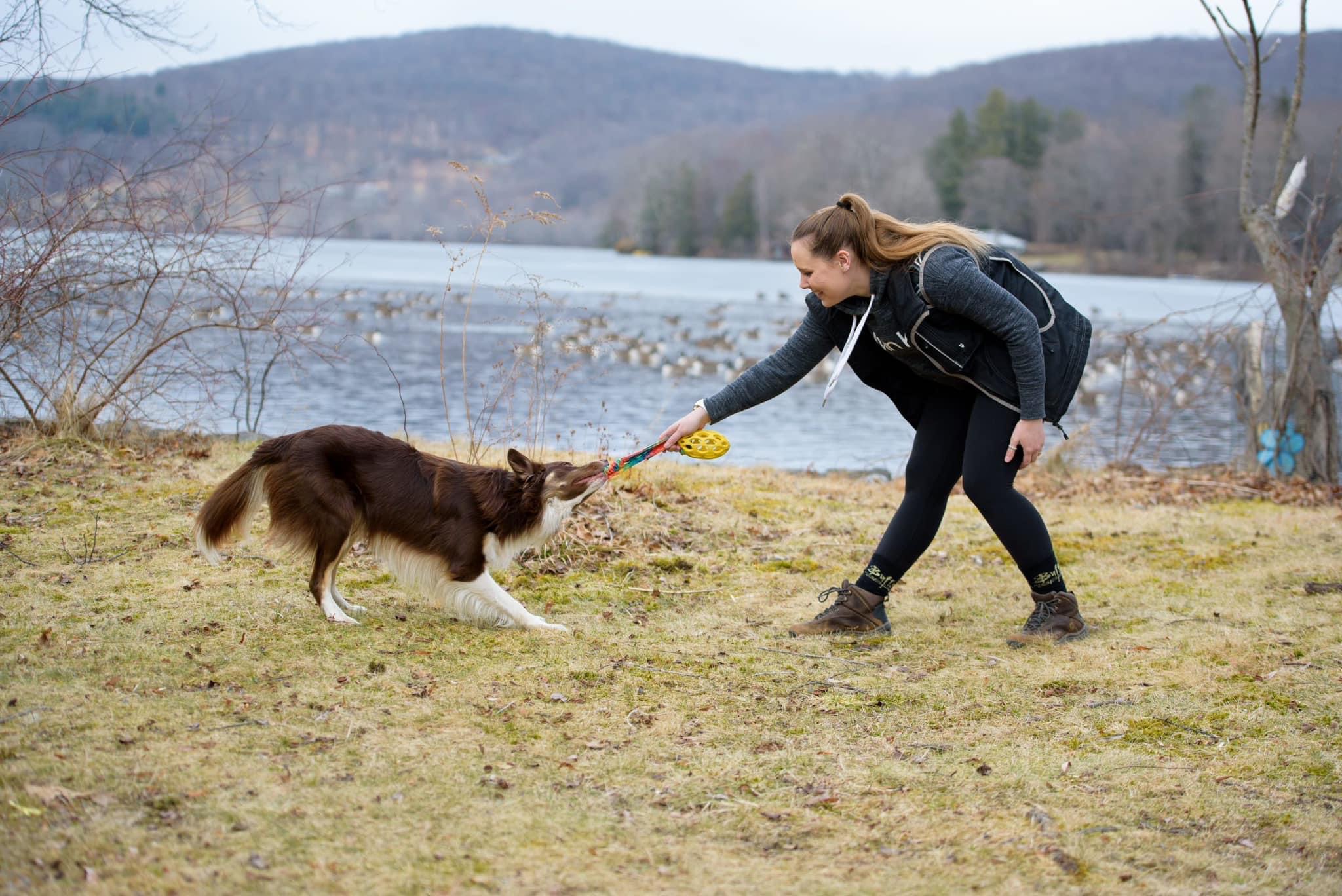Course Details
Are you looking to take your agility performance to the next level? Would you like to maximize your course performance while making handling easier for both you and your dog? This class is for you!
Focusing on teaching a stronger understanding of when to turn tightly, make a soft turn, or go straight on jumps and tunnels is the most efficient way to step up your agility performance. And that’s exactly what we’re going to do!
We will be approaching teaching these tight, soft, and go cues from three different perspectives:
- Verbal training
- Concise handling cues
- Clear jumping mechanics/clear body movement through tunnels
We will be focusing on building each of these concepts from the ground up on both jumps and tunnels! Each concept will be built separately, then throughout class, combined to attain the clearest possible cues for each type of jumping effort and tunnels exit.
By the end of class, we will be proofing the skills against each other as well as fully integrating each of your cues into short sequences.
This class is appropriate for all levels, whether you have been running sequences/courses for while, are just beginning, or anywhere in between. All lectures and skills be tailored to fit any range of experience and baseline understanding of the concepts.
Teaching approach
We will be building all three cues (soft turn, tight turn, and go forward) from the ground up. At each step along the way, we will also be proofing both the handling and verbal cues for each on jump and tunnel. Lectures will be a mix of written instruction and video demonstration for each lesson. They will all also have options applicable to those building these cues for the first time and those who already have a foundation and are looking to strengthen their cues. Feedback will be a mixture of written and video/voiceover instruction!
 Instructor: Bronagh Daly
Instructor: Bronagh DalyBronagh Daly is a Certified Control Unleashed Instructor, Certified Family Dog Mediator, Certified One Mind Dogs Instructor, and a graduate of the Aggression in Dogs Master Course. She does not believe in one-size-fits all...(Click here for full bio and to view her upcoming classes)


